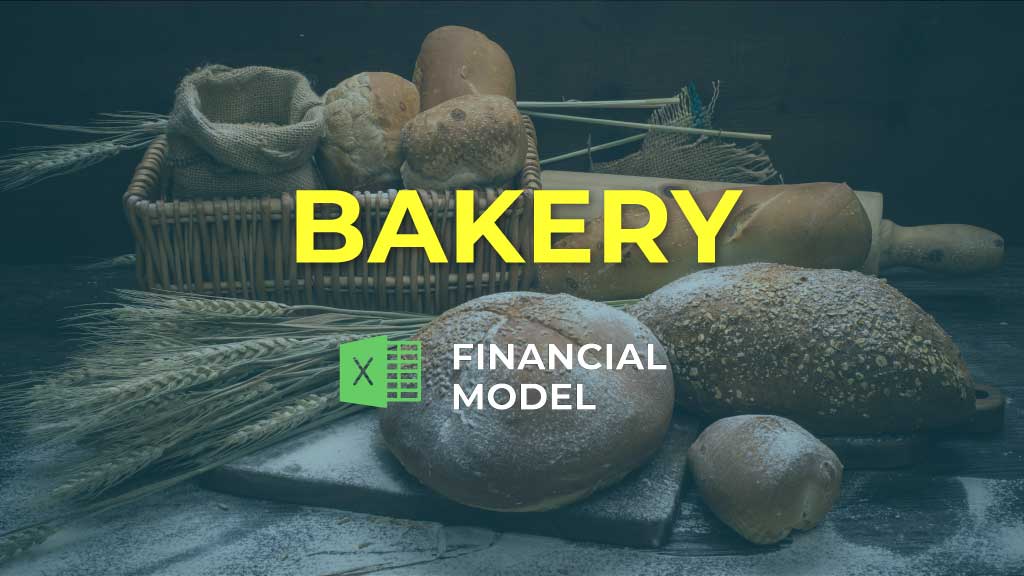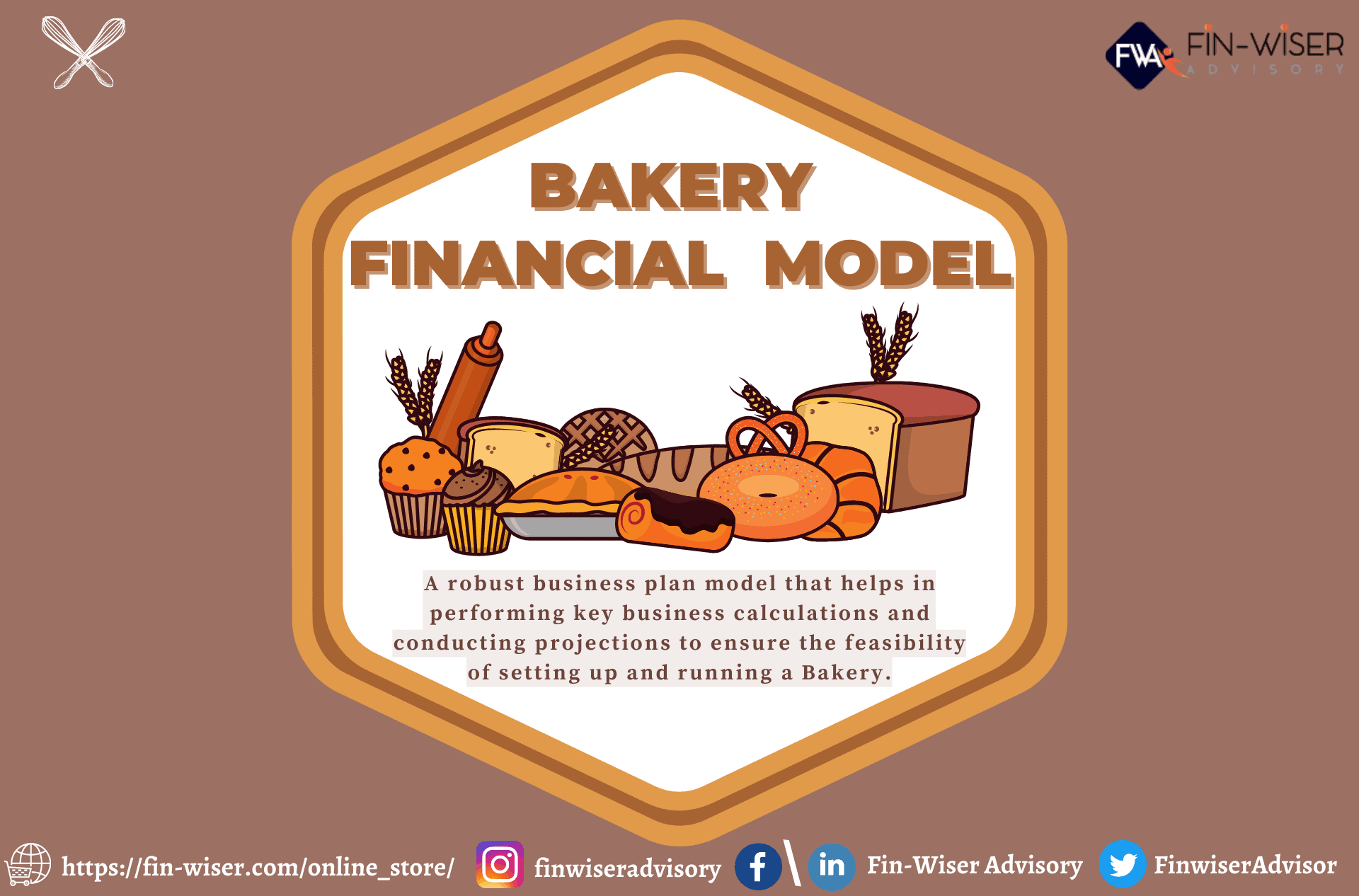Vending Machine Ramp Up Model
Deploy vending machines over a 60 month period and see what the resulting margins and cash flow look like. Highly dynamic and elegant functionality. Includes three statement model.

Video Overview:
Recently updated with monthly and annual three-statement model, capitalization table, and improved global assumptions.
This is a 5-year financial model to plan out the expected startup costs, operations, and potential exit of a vending machine fleet. The contents could be snacks, cold / hot drinks, or literally anything. There are drivers to account for how fast or slow re-stocking must happen, as well as potential waste / spoilage.
The model lets you plan out up to three types of machines. They may vary by their cost to purchase, cost of deployment, count deployed per month and more. The user will be able to define the size of each vending machine type and the seasonality therein. All major levers are accounted for when trying to get a reasonable forecast that is purely bottom-up.
Revenue Drivers Include:
– Height / Width / Depth for total slot count
– Max refills per month (to define maximum sales capacity possible)
– Average price per item
– Average waste percentage
– Average cost of goods sold percentage (COGS)
– Seasonality (percentage of max sales reached can be defined per month and per year for each type of vending machine)
There is a helper tab that will make it easier for the user to figure out what the weighted average price / COGS / waste might be so that your inputs are smarter. The model automatically calculated depreciation expense based on a defined useful life and the deployment schedule.
COGS are assumed to be purchased in the same month that items sell. There are variable costs that include the refill cost per machine per type and a percentage of revenue paid to vendors where the vending machines are set up, if applicable.
General output reports include:
– DCF Analysis / IRR based on contributions / distributions of the project as a whole / Investor / Founder
– Monthly / Annual P&L Detail (down to EBITDA / EBT / Net Income / cash flow)
– Annual Executive Summary
– Visualizations Funding sources include investors, founders, and/or traditional debt.
Automatic logic is introduced so that if an exit value is defined the debt will be repaid on exit month. Exit valuation is based on the trailing 12-month revenue against a defined multiple per the exit month selected. Advanced metrics include average monthly and annual EBITDA per vending machine.
Similar Products
Other customers were also interested in...
Bakery Financial Model Excel Template
Shop Bakery Budget Template. Solid package of print-ready reports, including P&L and cash flow s... Read more
Grocery Store Financial Model Excel Template
Try Grocery Store Financial Projection. Creates 5-year Pro-forma financial statements, and financial... Read more
Pizzeria Financial Model Excel Template
Get Your Pizzeria Budget Template. Excel template - robust and powerful. This is your solid foundati... Read more
Gift Shop Financial Model Excel Template
Try Gift Shop Financial Projection. Investor-ready. Includes a P&L and cash flow statement, bala... Read more
Flower Shop Financial Model Excel Template
Discover Flower Shop Financial Model Template. Allows investors and business owners to make a comple... Read more
Candy Store Financial Model Excel Template
Order Candy Store Financial Model Template. Sources & Uses, Profit & Loss, Cash Flow stateme... Read more
BAKERY – 3 Statement Financial Model with 5 ...
This Bakery Business Plan Model is a perfect tool for a financial feasibility study on launching a B... Read more
Clothing Store Financial Model Excel Template
Get Your Clothing Store Budget Template. Creates 5-year Pro-forma financial statements, and financia... Read more
Food Truck Financial Model Excel Template
Purchase Food Truck Financial Projection Template. Excel Template for your pitch deck to convince In... Read more
Vending Machine Business 5-Year 3 Statement Financ...
5 year rolling financial projection Excel model for a vending machine business generating revenue by... Read more
You must log in to submit a review.



























